 Crystal Bridges Museum
Crystal Bridges Museum
Entry Category: Museums and Historic Sites
 Crystal Bridges Museum
Crystal Bridges Museum
 Crystal Bridges Museum of American Art
Crystal Bridges Museum of American Art
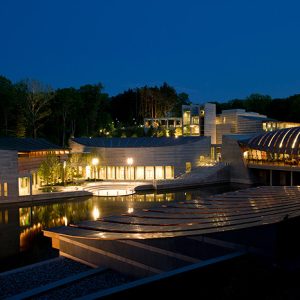 Crystal Bridges Museum of American Art
Crystal Bridges Museum of American Art
Crystal Bridges Museum of American Art
Crystal River Tourist Camp Historic District
aka: Crystal River Tourist Court
aka: Crystal River Cave and Court
Crystal Springs Dam and Camp Shelter
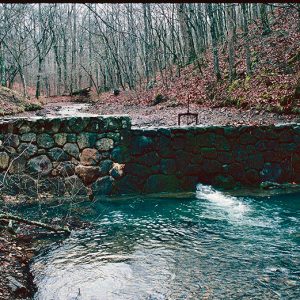 Crystal Springs Dam and Camp Shelter
Crystal Springs Dam and Camp Shelter
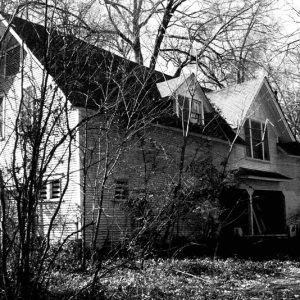 CSHD Home
CSHD Home
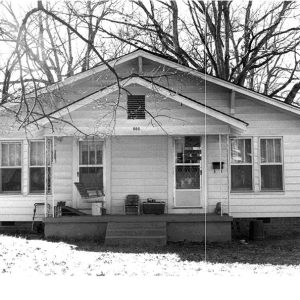 CSHD Home
CSHD Home
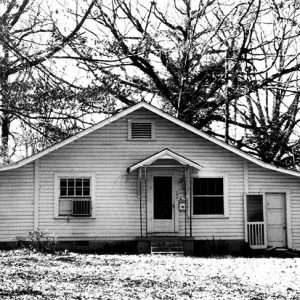 CSHD Home
CSHD Home
 CSHD Home
CSHD Home
 CSHD Home
CSHD Home
 CSHD Home
CSHD Home
 CSHD Home
CSHD Home
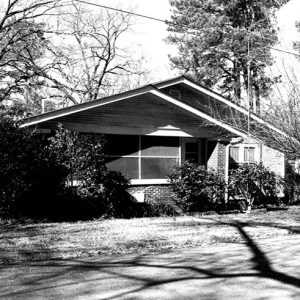 CSHD Home
CSHD Home
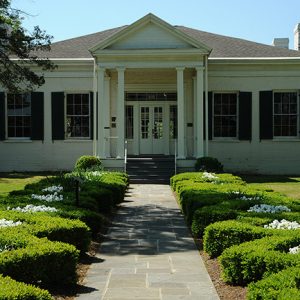 Curran Hall
Curran Hall
Curran Hall
aka: Little Rock Visitor Information Center
aka: Walters-Curran-Bell House
D. L. McRae House
Dairyman’s Bank Building
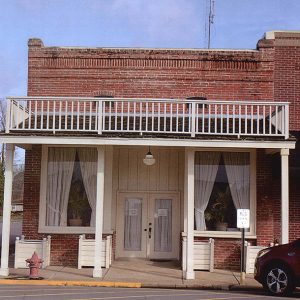 Dairyman's Bank Building
Dairyman's Bank Building
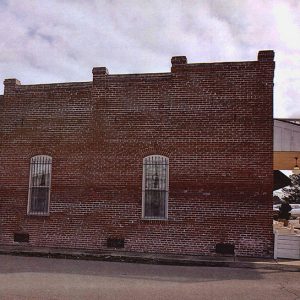 Dairyman's Bank Building
Dairyman's Bank Building
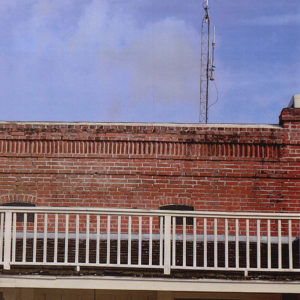 Dairyman's Bank Detail
Dairyman's Bank Detail
Daisy Airgun Museum
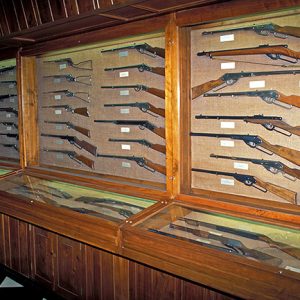 Daisy Airgun Museum
Daisy Airgun Museum
Dallas County Courthouse
Dallas County Museum
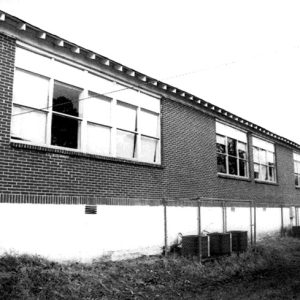 Dallas County Training School High School Building
Dallas County Training School High School Building
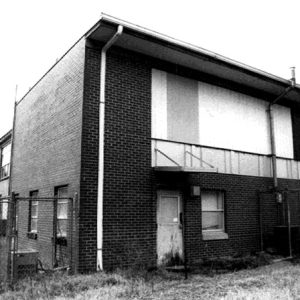 Dallas County Training School High School Building
Dallas County Training School High School Building
 Dallas County Training School High School Building
Dallas County Training School High School Building
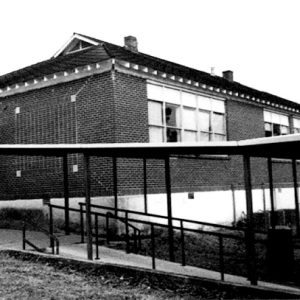 Dallas County Training School High School Building
Dallas County Training School High School Building
Dallas County Training School High School Building
Damascus CCC Camp No. 3781 Historic District
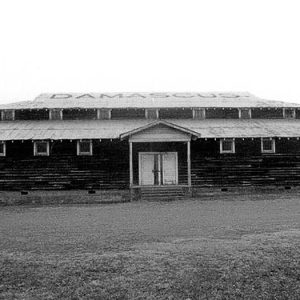 Damascus Gymnasium
Damascus Gymnasium
Damascus Gymnasium
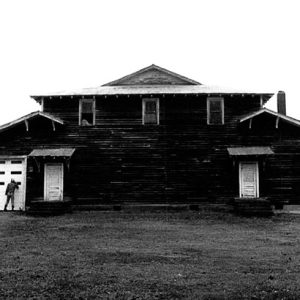 Damascus Gymnasium Rear
Damascus Gymnasium Rear
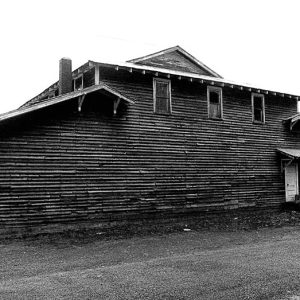 Damascus Gymnasium Side
Damascus Gymnasium Side
Dante House
 Dante House
Dante House
Dardanelle Agriculture and Post Office
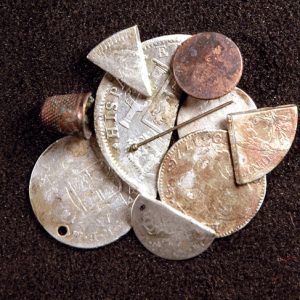 Davidsonville Artifacts
Davidsonville Artifacts
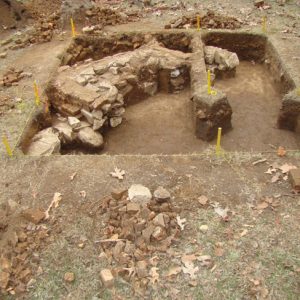 Davidsonville Excavation
Davidsonville Excavation
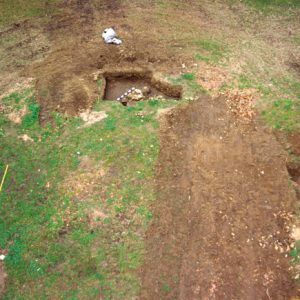 Davidsonville Courthouse Remains
Davidsonville Courthouse Remains
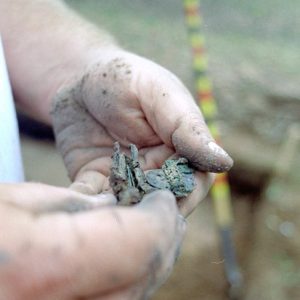 Davidsonville Artifact
Davidsonville Artifact
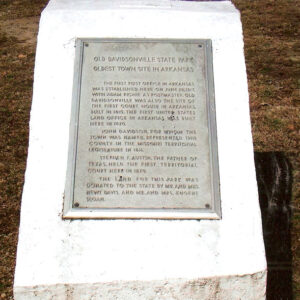 Davidsonville Plaque
Davidsonville Plaque
Davidsonville Historic State Park
De Queen and Eastern Railroad Machine Shop
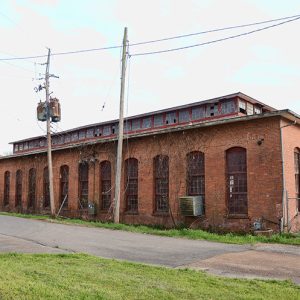 De Queen and Eastern Railroad Machine Shop
De Queen and Eastern Railroad Machine Shop
De Queen Commercial Historic District
 DeGray Creek Bridge
DeGray Creek Bridge




